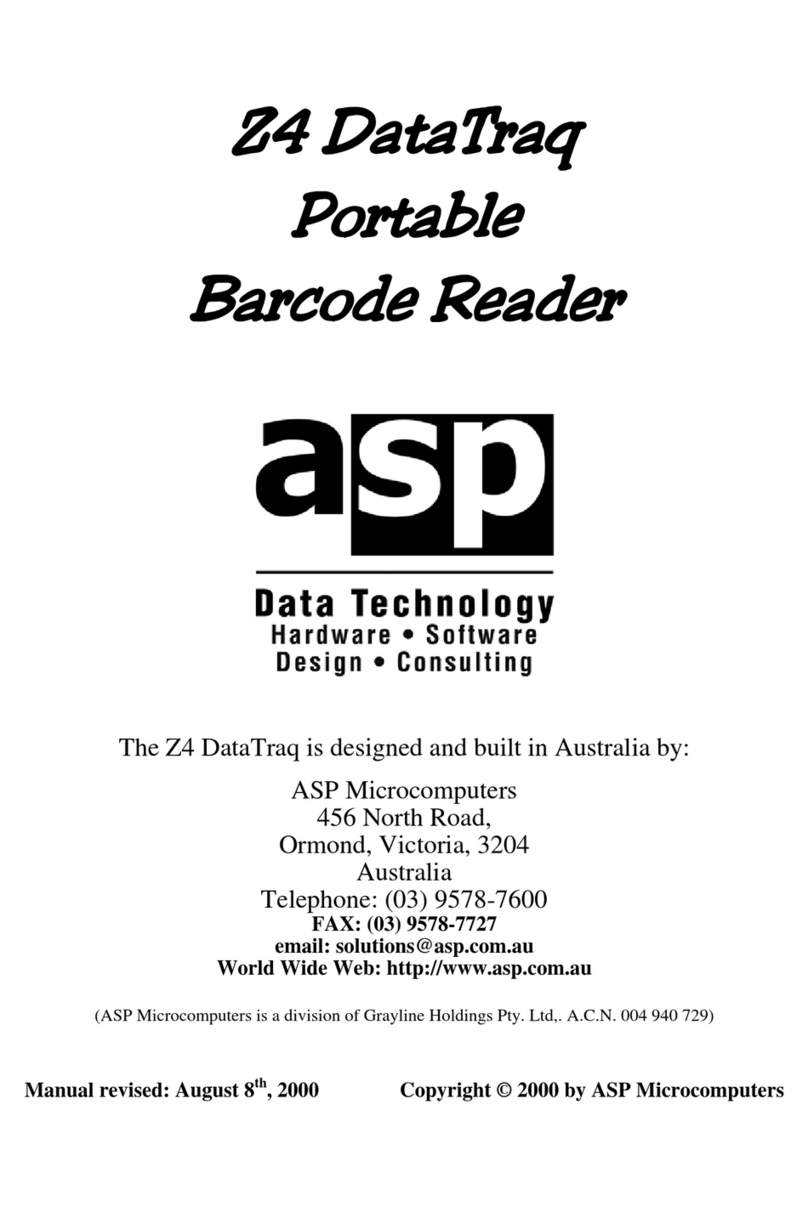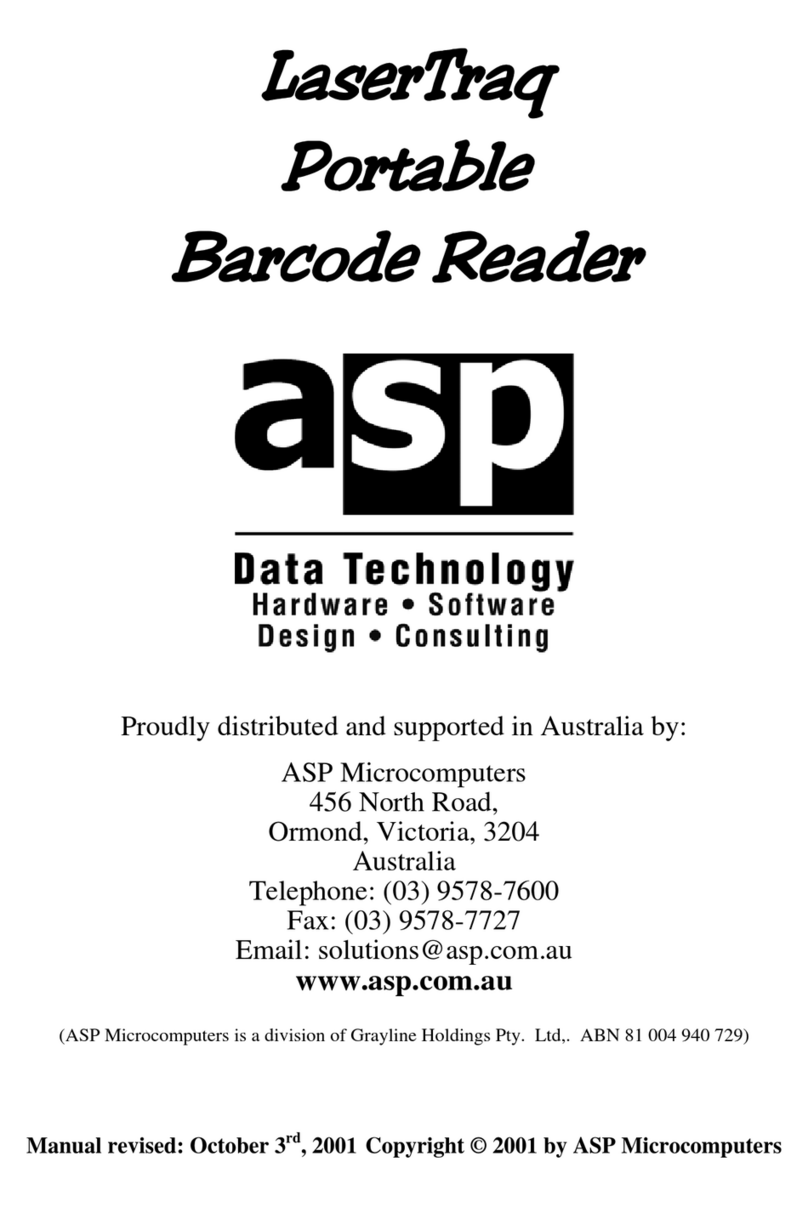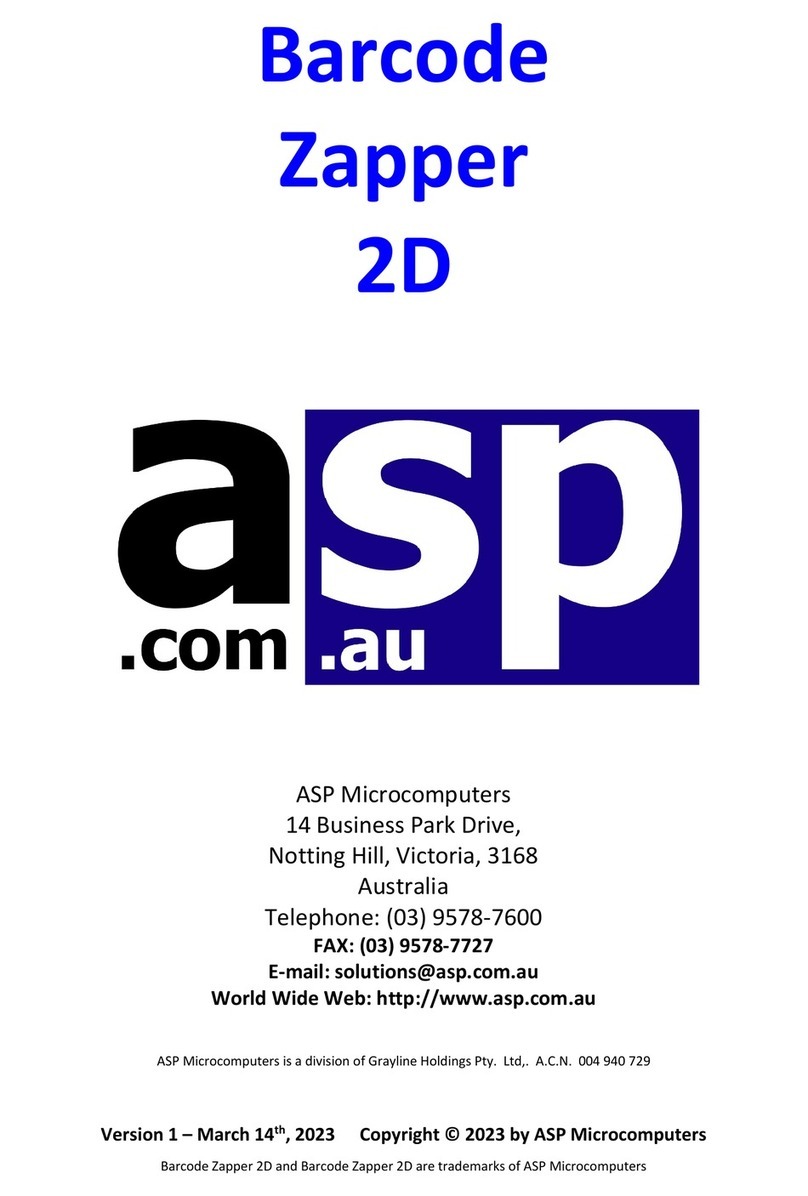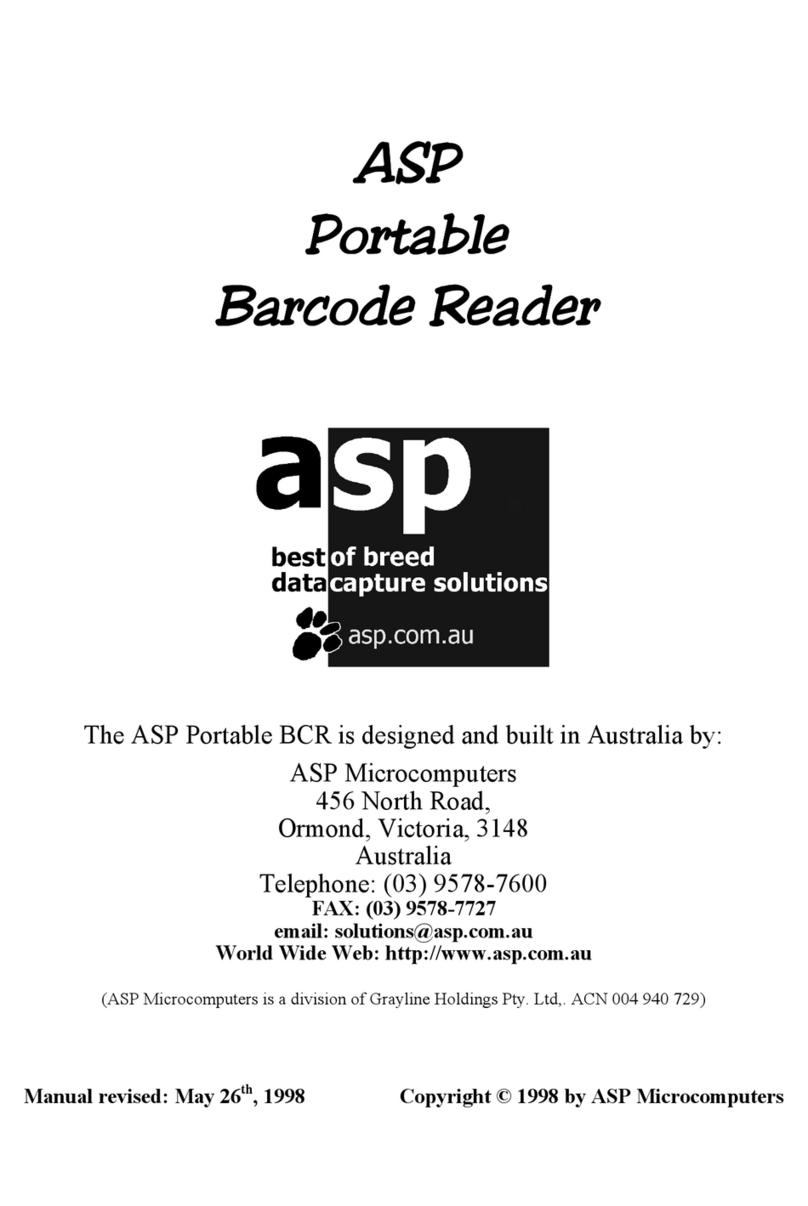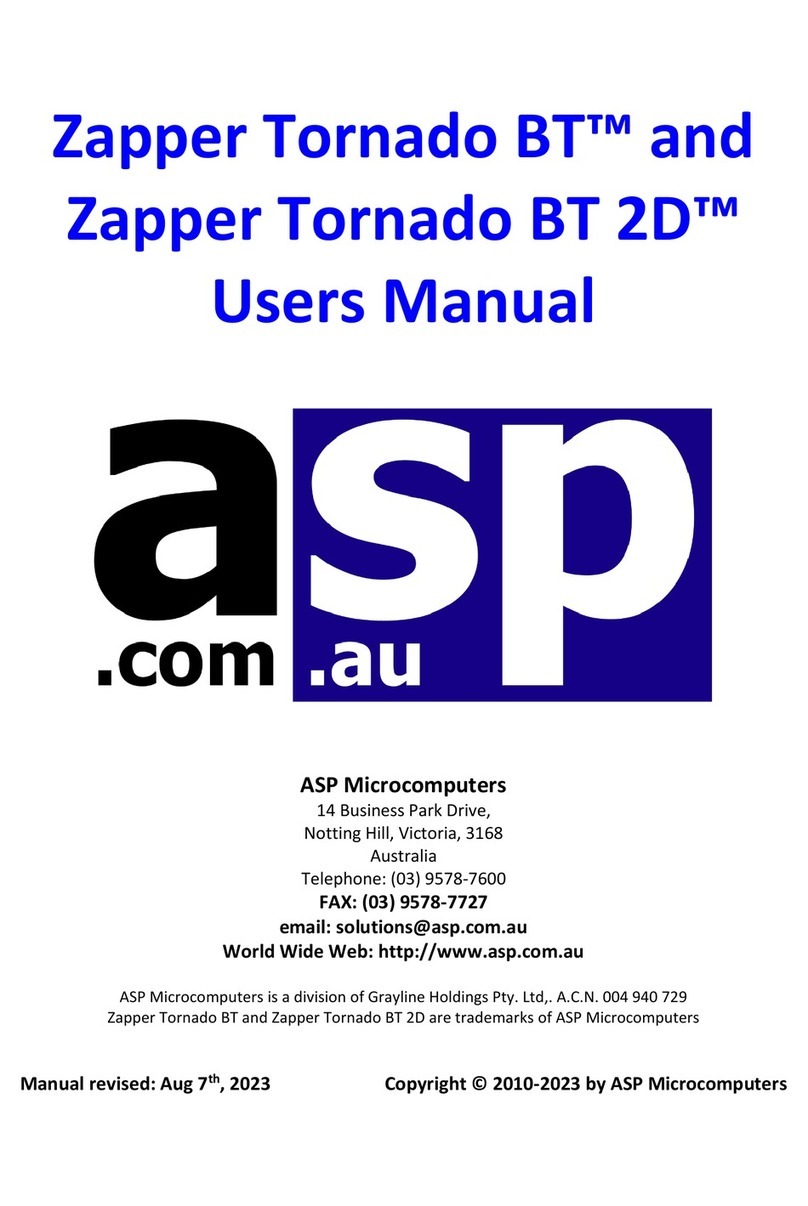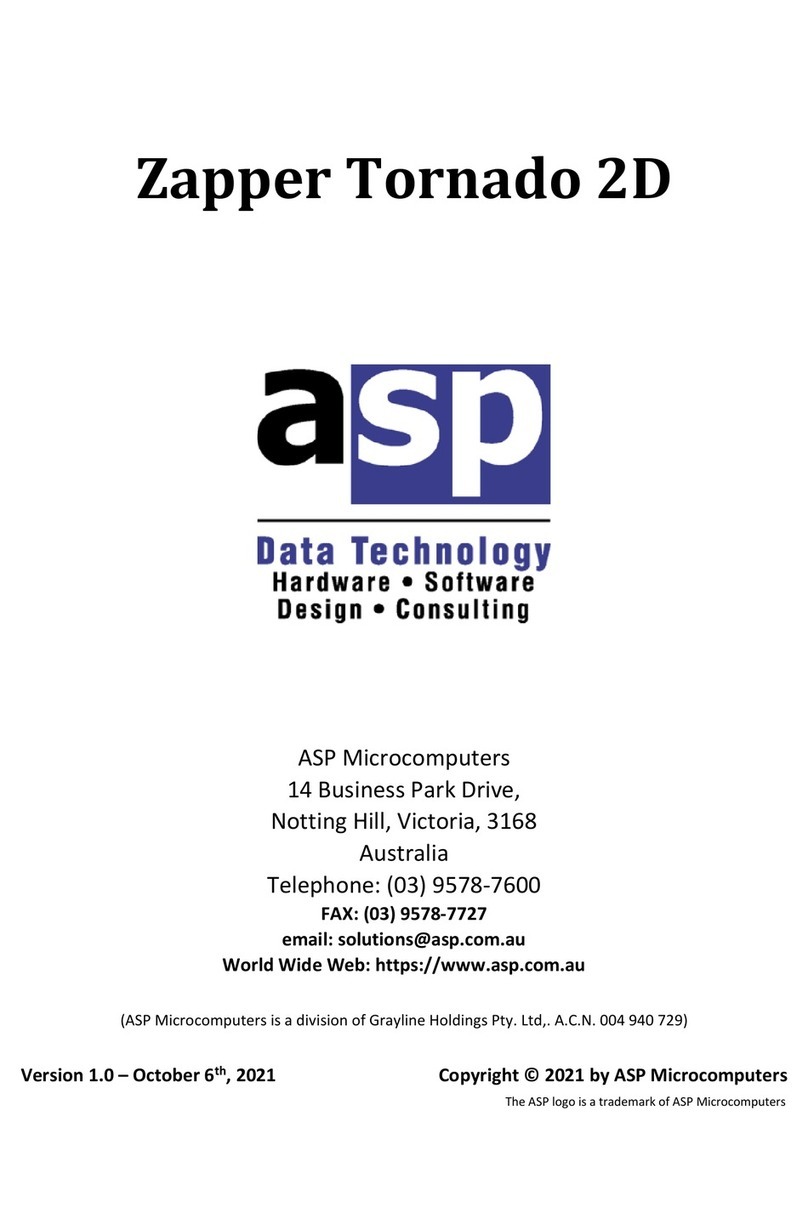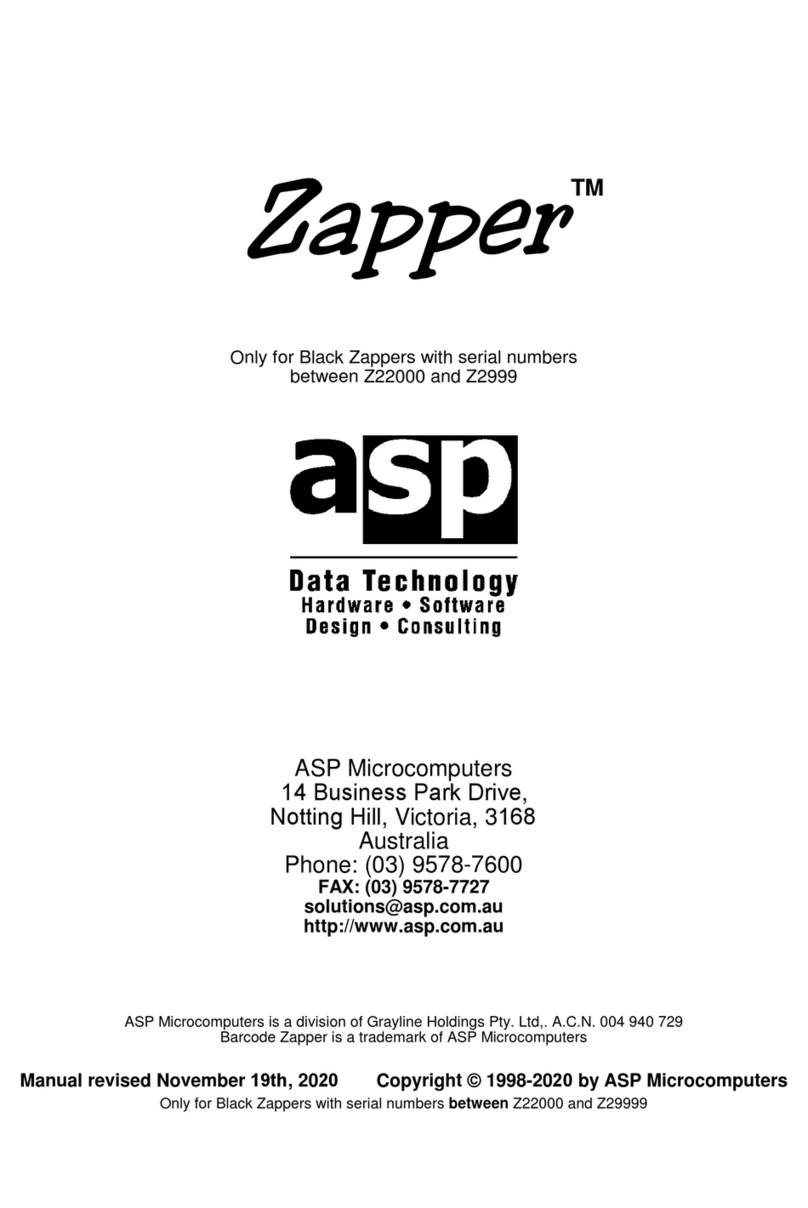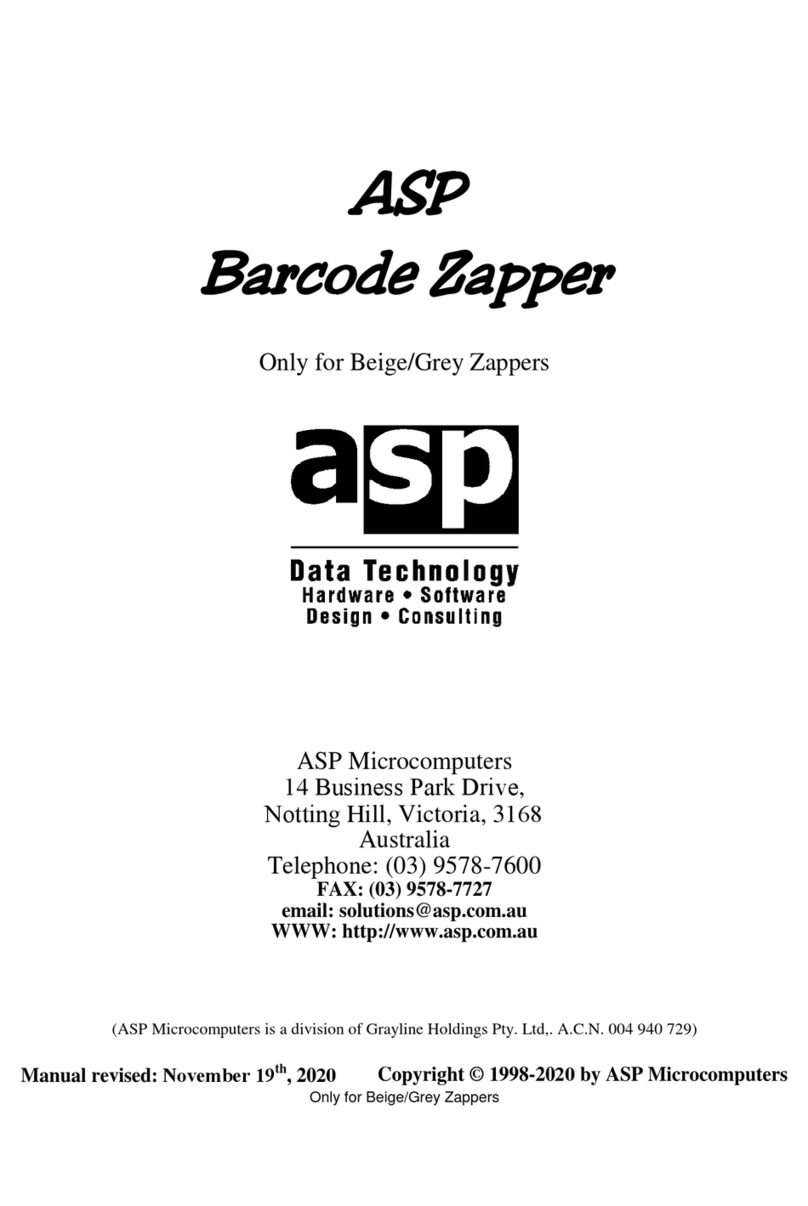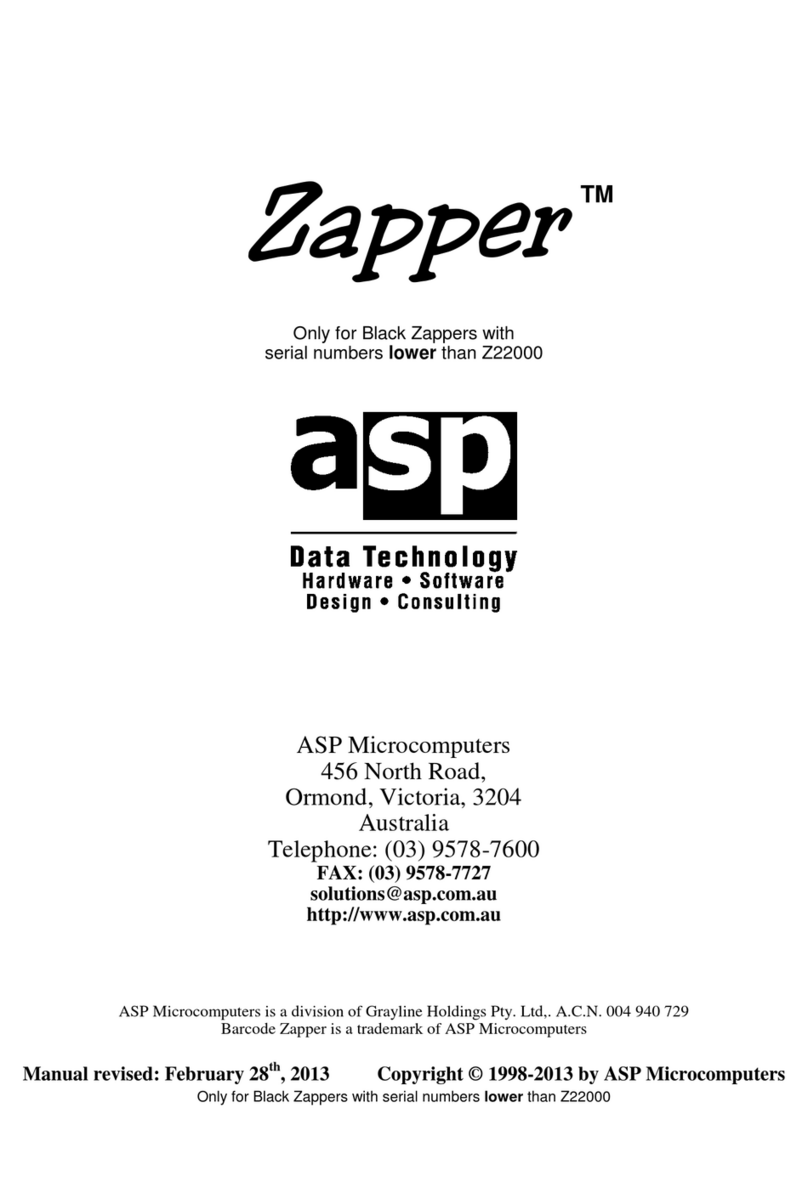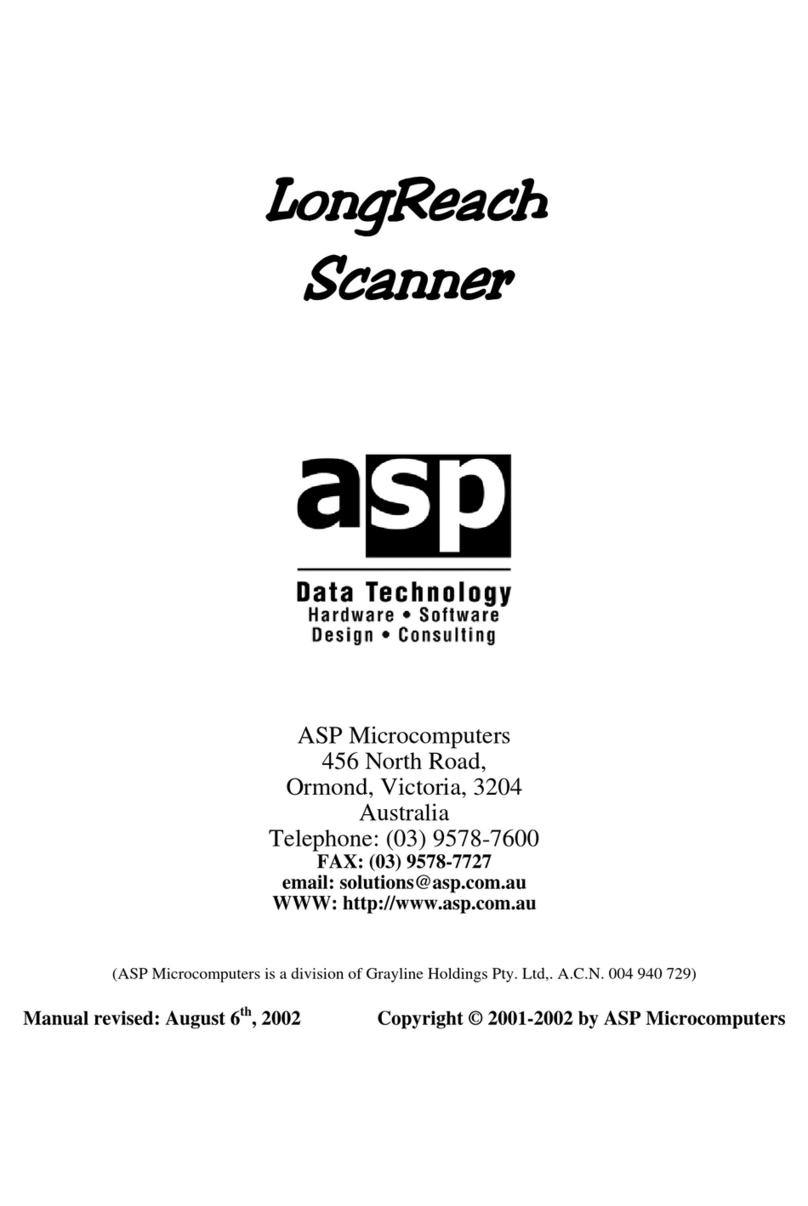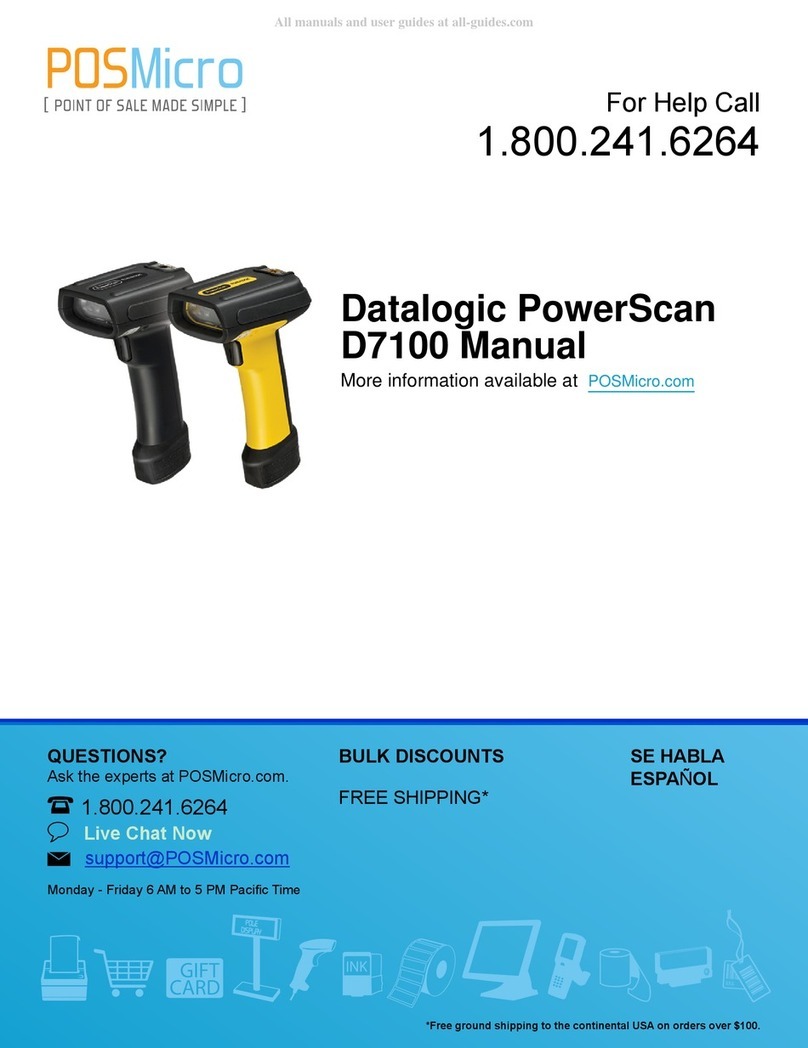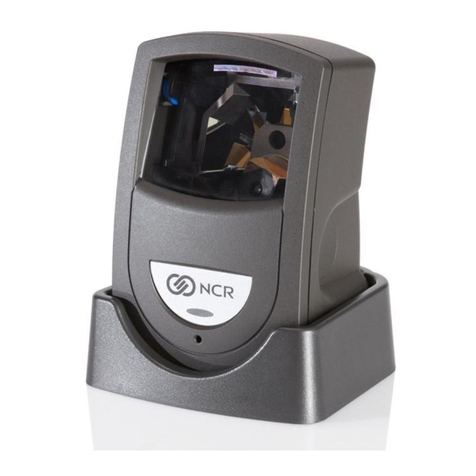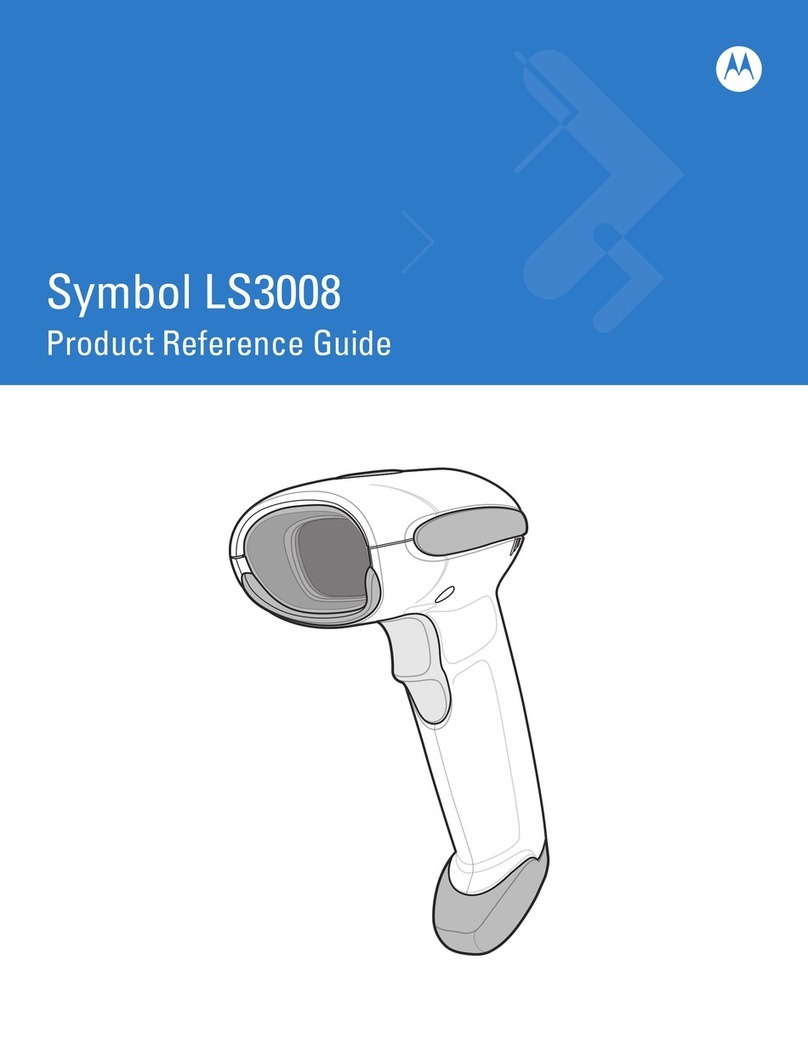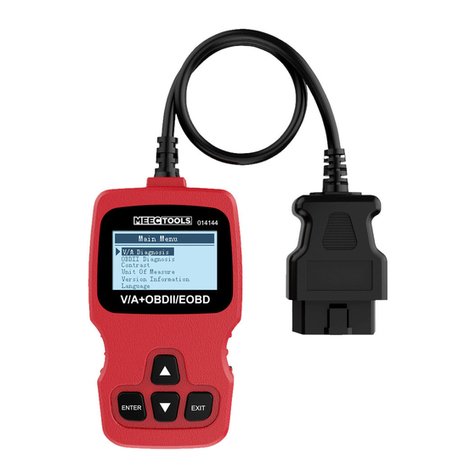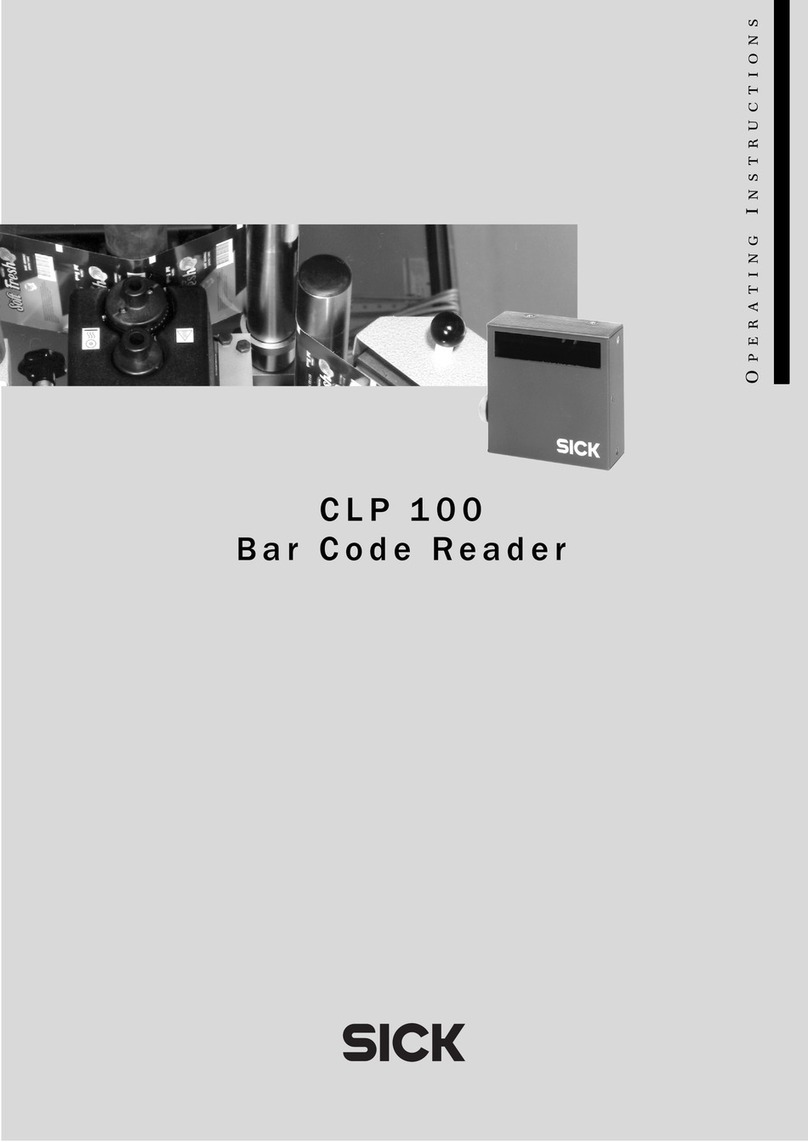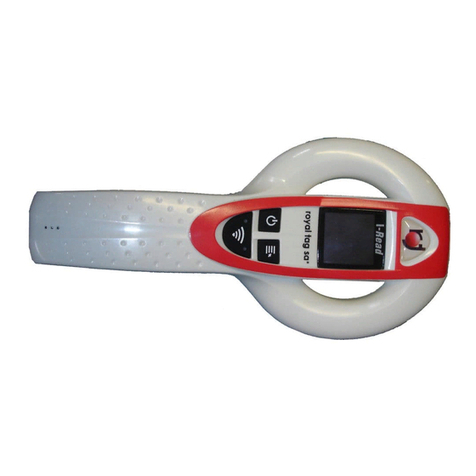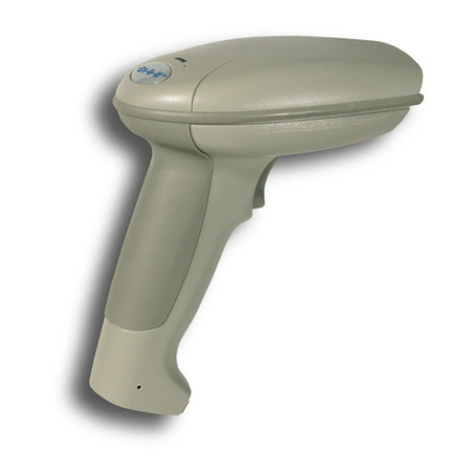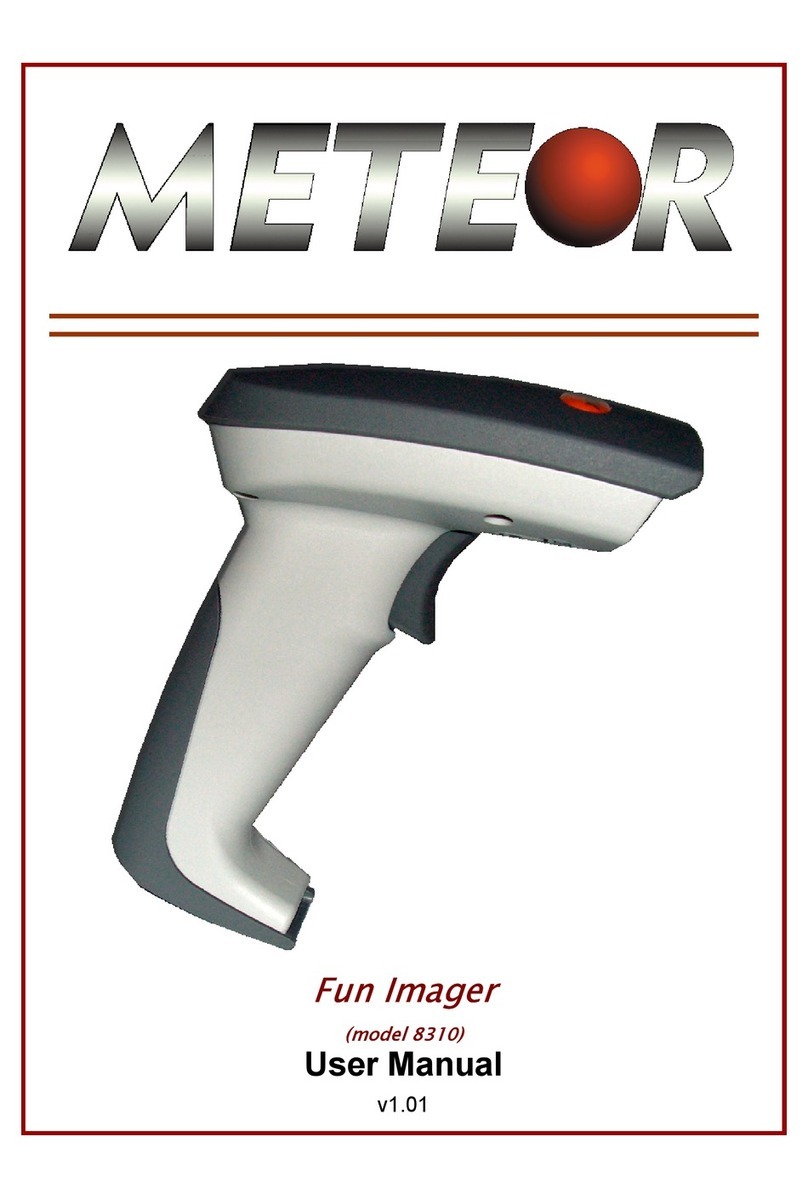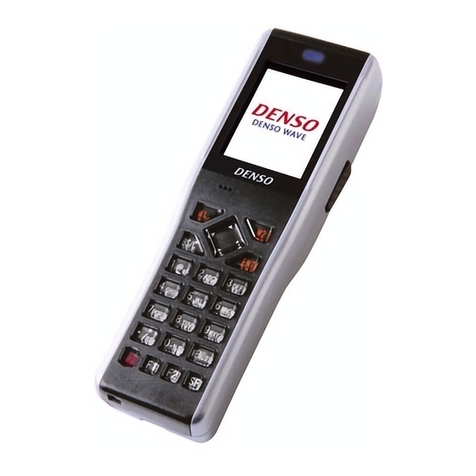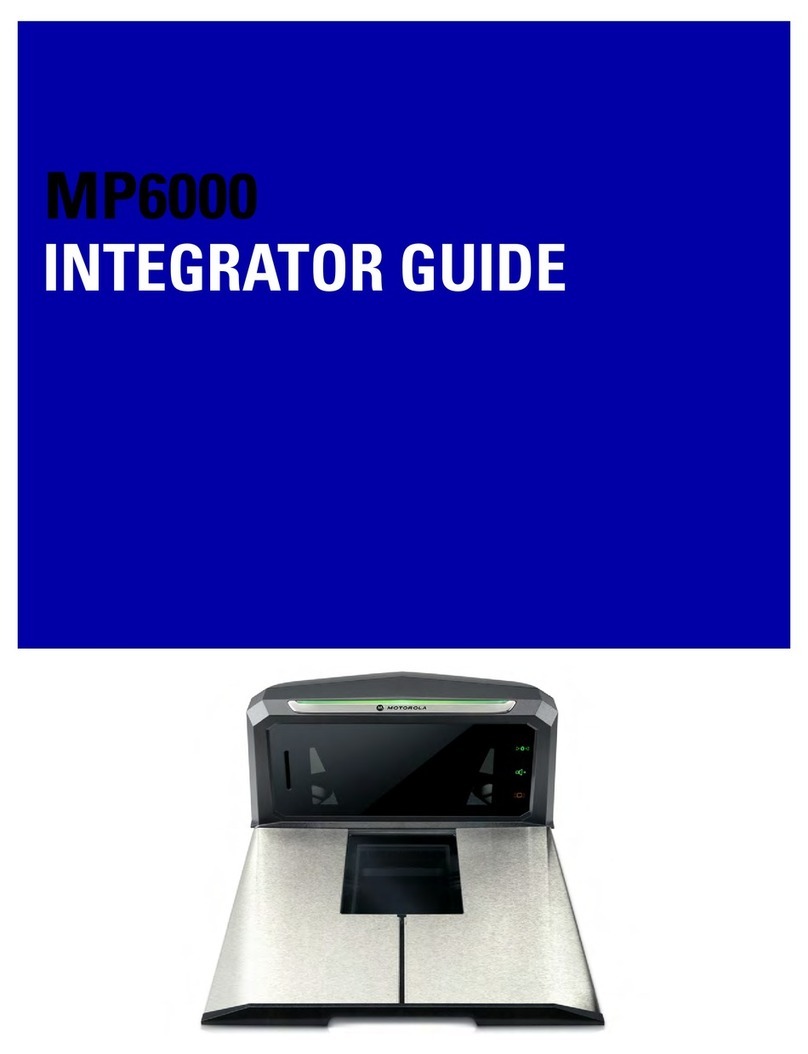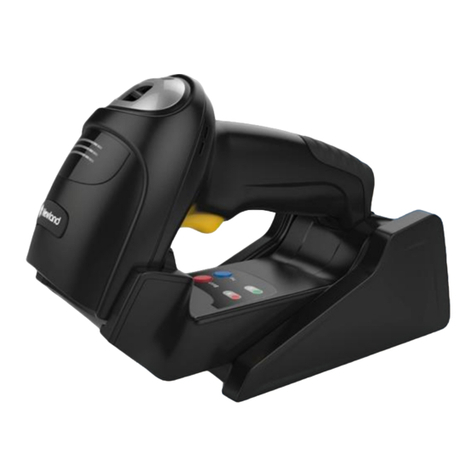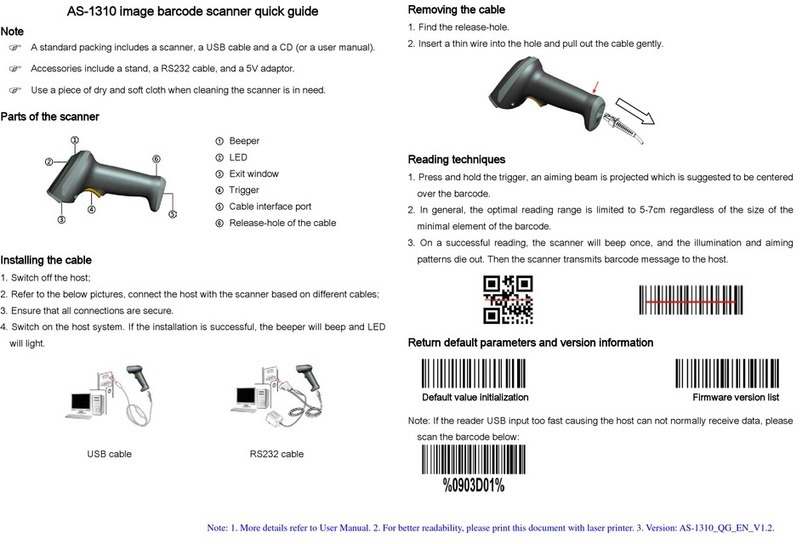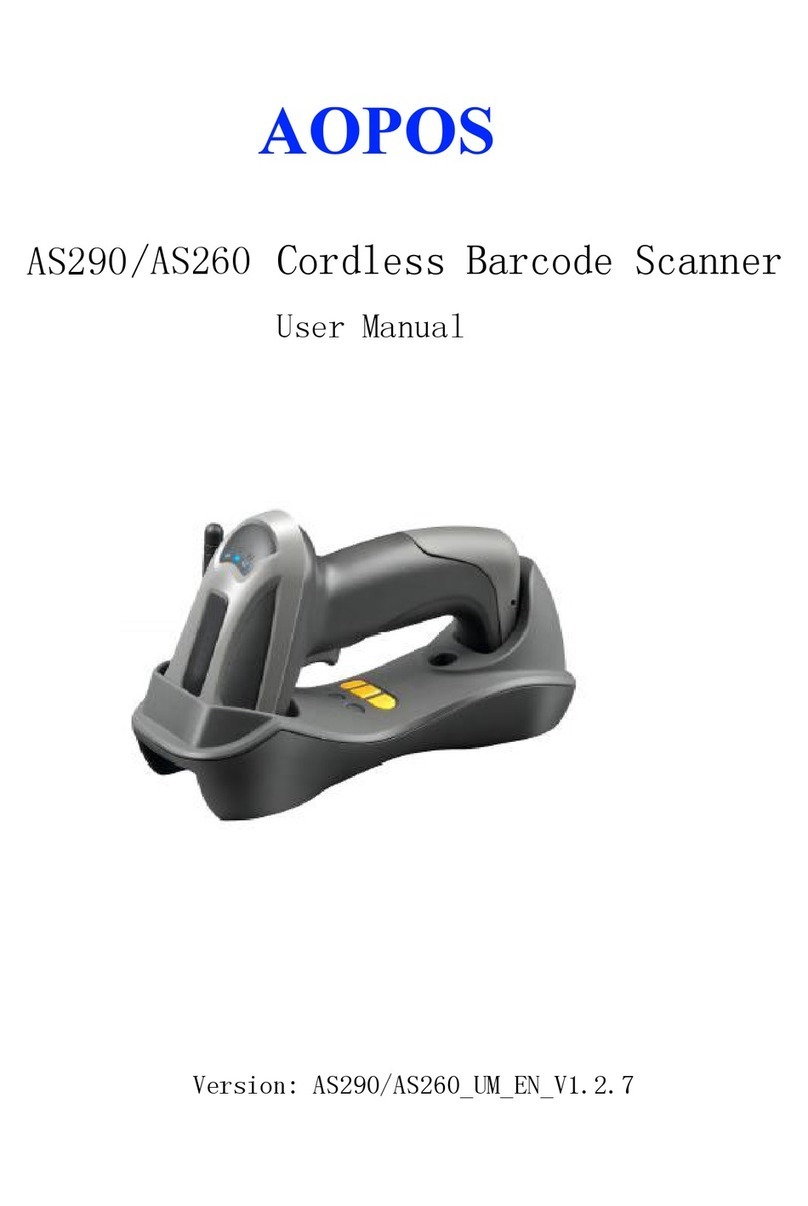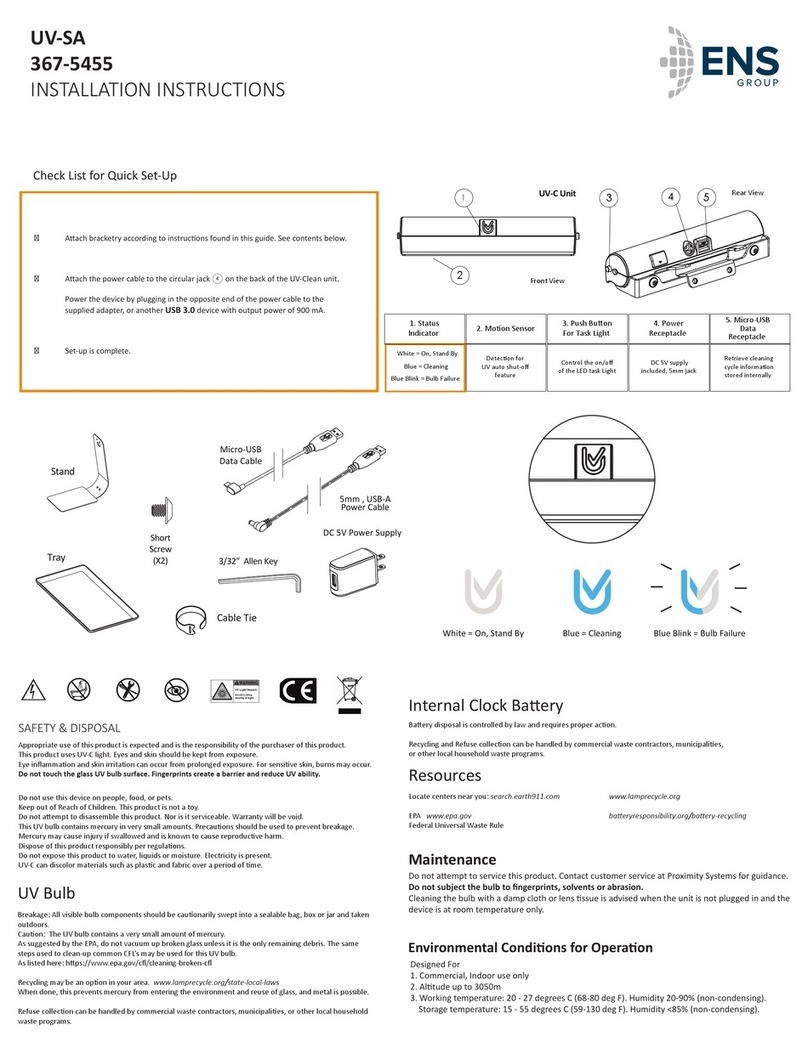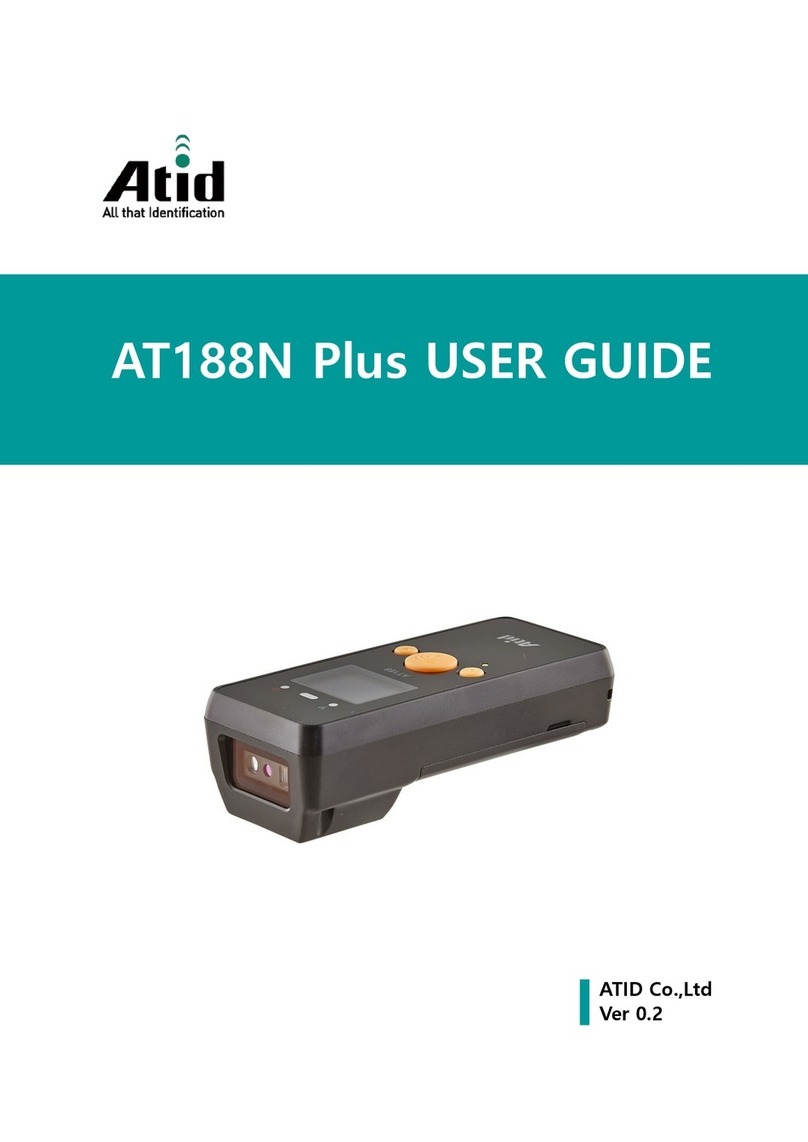
Contents
Your Zapper Tornado BT™.......................................................................................................................................1
Before you use your Zapper Tornado BT.................................................................................................................2
Charging the battery............................................................................................................................................2
Installing a new battery .......................................................................................................................................2
Use USB Bus Power .............................................................................................................................................3
Choosing Your Radio Link Mode..............................................................................................................................4
PAIR Mode ...........................................................................................................................................................4
PICO Mode...........................................................................................................................................................4
HID Mode.............................................................................................................................................................4
SPP Master/Slave Mode ......................................................................................................................................4
Using your Zapper Tornado BT in PAIR Mode .........................................................................................................5
Using your Zapper Tornado BT in PICO Mode.........................................................................................................6
Using your Zapper Tornado BT in HID Mode...........................................................................................................7
Using your Zapper Tornado BT in SPP Mode...........................................................................................................8
Establishing an SPP Master Connection ..............................................................................................................8
Establishing an SPP Slave Connection .................................................................................................................9
Out-of-range Scanning...........................................................................................................................................10
Presentation Scanning...........................................................................................................................................10
Paging Function .....................................................................................................................................................11
Batch Scanning (Inventory Mode) .........................................................................................................................11
How to Transmit Stored Data............................................................................................................................12
Using the Quantity Feature ...............................................................................................................................13
Scanner Indicators .................................................................................................................................................14
Charging Cradle Indicator......................................................................................................................................14
Smart Cradle Indicators.........................................................................................................................................14
Miscellaneous Options ..........................................................................................................................................15
ISBN-10 and ISBN-13 .........................................................................................................................................15
SCIS ....................................................................................................................................................................16
Beeper Mode.....................................................................................................................................................17
Output Terminators...........................................................................................................................................18
Tilde Prefix.........................................................................................................................................................18
System Commands ................................................................................................................................................19
Electromagnetic Interference (EMC).....................................................................................................................20
Warranty................................................................................................................................................................20
